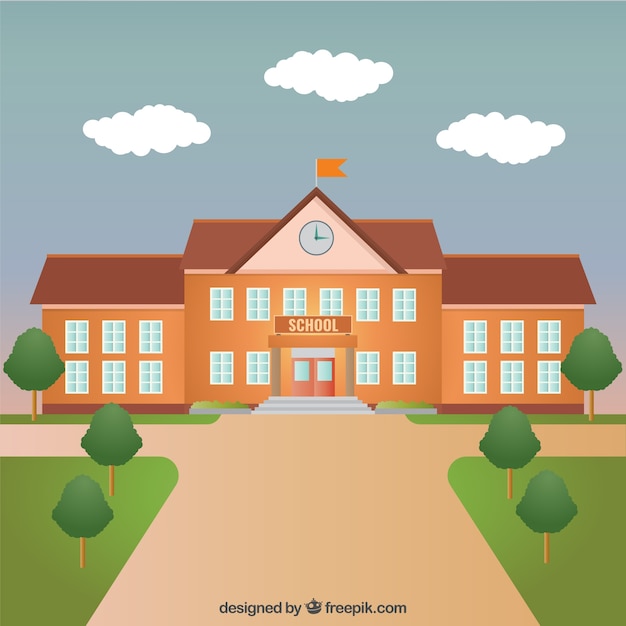School Ethequtte. . .

In the classroom:
While rules vary depending on the teacher, certain manners stay the same whatever the class setting. These manners extend beyond the fundamentals of saying "please" and "thank you" to others. When interacting with teachers, I listen attentively, raise my hand before speaking during lessons, I make eye contact, and polite when talking. I also treat peers well by listening when they speak, respecting personal space and property, and covering mouths when coughing.
Respecting the classroom, a communal space intended to be enjoyed by everyone, is another way to practice good manners; I do this by keeping the room tidy, for instance, and putting books back on the shelf when I'm at the library.
For all do's, there are equally important don'ts we should abide by: Don't lie, don't cheat (but do confess if you get caught), don't scream, don't interrupt, don't roll eyes, don't make fun of others for being different (in dress or speech). Regardless of the specific class rules, it's critical for children to follow them out of respect for one another and their teacher.
In the Canteen
"Table manners stem from two things," some people said. "Don't embarrass yourself or gross everyone out." This doesn't mean we have to dine with a full set of flatware in the cafeteria, but we shouldn't talk with their mouth full, either. Just as we do when dining at home or at someone else's house, we should stay in our seat when eating, and we should clean up after ourselves by throwing away garbage and recycling cans or bottles. Also, we should not grab food or throw food at others to start a fight, or cut or "back cut" others who are waiting patiently in line for food.
Comments
Post a Comment